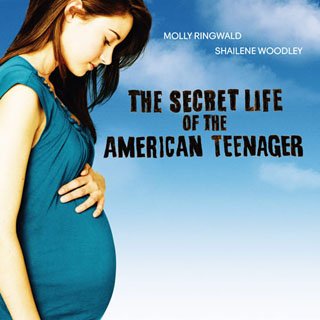 When did broken homes become the new black?
When did broken homes become the new black?
A working dad, an at-home mom, 2.2 children and a dog: welcome to the All American nuclear family.
Half a century ago, the archetypal American family was clean and simple: an average, relatively unoriginal home with a comfortable and relatively uneventful life. Classic shows like "Leave it to Beaver" and "Ozzie and Harriet" exemplified the stereotype and represented this ideal domestic lifestyle in America. The characters didn’t simply define a time—they played role models to the audience.
Then something went terribly awry.
These days, when average Americans take their microwaved TV dinner over to the plasma screen, they’re devouring tales of highly amoral teenagers with filthy rich parents and backstabbing friends on the side. The new modeled American domestic lifestyle is a battered, broken family in a battered, broken million-dollar home.
It could easily be written off as another trend in the ever-changing entertainment industry, but television often reflects what an audience sees as most appealing, what viewers can relate to. And it shows.
In the last few decades, divorce rates as well as the number of single parents have increased tremendously. According to Jennifer Baker at the Forest Institute of Professional Psychology, 50% percent of first marriages, 67% of second marriages and 74% of third marriages end in divorce. This, coupled with the monstrous influence of shows such as "90210", "Gossip Girl", "The Secret Life of the American Teenager" and the like, that feature largely unraveled families, points openly at America’s next domestic trend, which teenagers today often begin to aspire to and perceive as normal.
But pointing fingers at the television and complaining about the glamorization of scandal is a cop out. Networks and producers are simply catering to the wants and interests of their audiences. It’s us, the consumers, who choose the top shows—TV networks simply provides. When it’s really us embracing the amoral stories and wanton characters we see, throwing blame at the television, using it as a convenient place to displace our lack of moral fiber. We choose to see our families reflected in the broken screen of the television.
So maybe what America needs isn’t a new Blu-ray, or even family counseling. Maybe all we really need are some proper family values and a dose of reality—one that isn’t on television.








